The Interview Queen
For over 25 years, Agent 1064 — Field reporter Hampus Fickelton meets — and discovers what listening really sounds like.
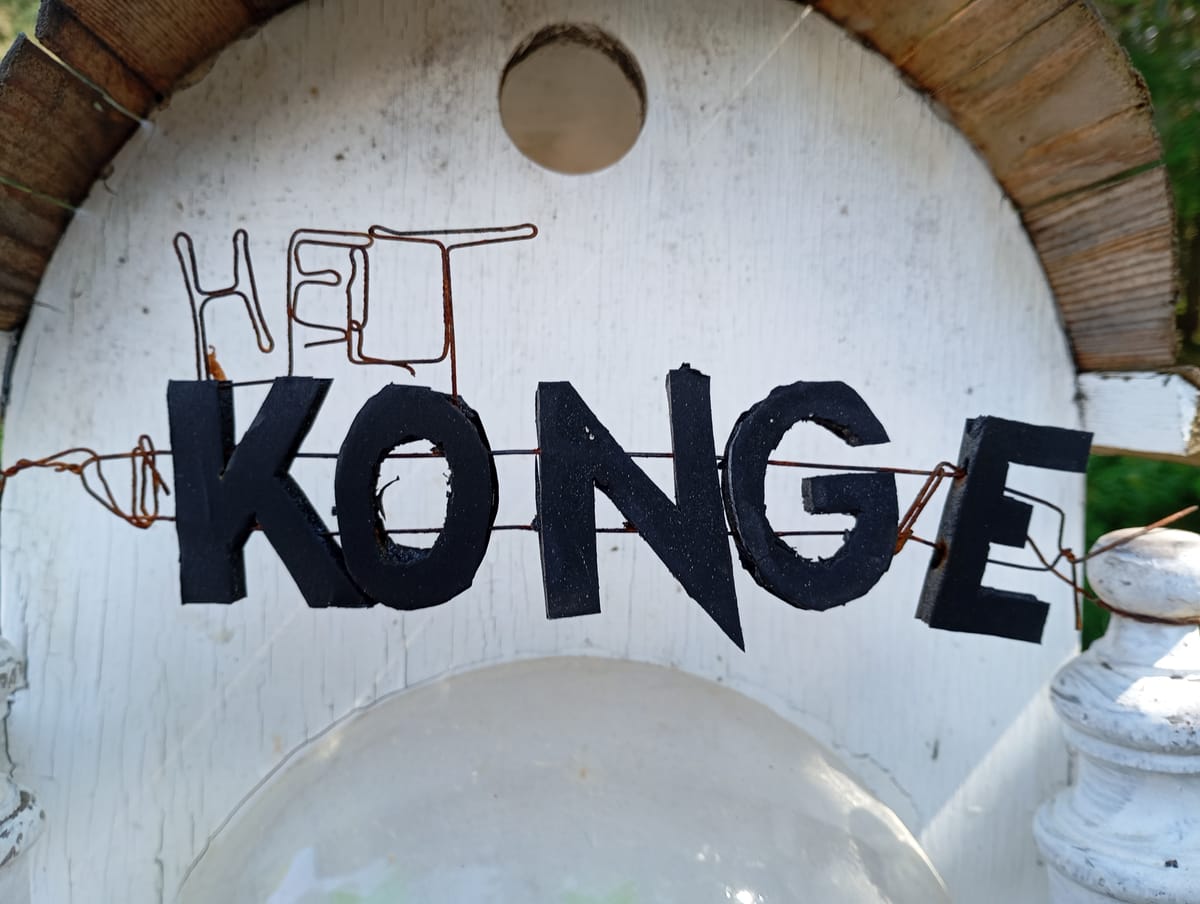
BREAKING NEWS: RABAGAS REPORTS:
Former car-thief and Swedish "work refugee" has gathered information from 28.3% of voluntary Norwegians since 1997.
“ANNETTE”
A CATI-queen at Toppen Bar
Lillehammer is still basking in its Olympic afterglow, but today’s winter story is about something else entirely.
I’m Hampus Fickelton, field reporter of no fixed office, and today I’ve taken on the mission of digging into a life devoted to listening and asking questions.
At the center of this tale stands a woman known at Norstat as Agent 1064.
She’s a legend in the interview industry. With over half a million completed conversations, she’s spoken more words into telephone booths than most people will in a lifetime.
But who is Anette, really? What drives a person to spend their life asking quiet questions to strangers?
And how has she survived more than 25 years of hearing “Don’t know” as the most common answer?
I hope to find out — at Toppen Bar, located on the upper floor of Aksjemølla Hotel.
The journey begins at the hotel’s automatic doors, which glide open for me with almost theatrical precision.
The lobby at Aksjemølla exudes class. It’s cozy and elegant, even though the cold stone floor reminds me that I’m still deep in Lillehammer winter.
The building, originally a mill from 1850, has gone through several transformations, and today, at the top, I’m meeting a true legend of the call center scene:
The mysterious Agent 1064, known simply as Anette to her colleagues.
“So,” I begin, “half a million interviews. What does that even mean?”
Anette chuckles softly and glances out the window at the snow-covered Lillehammer landscape.
“It means I’ve heard a lot,” she says.
Not just opinions — also stories. Fascinating ones. Sometimes touching.
And other times… well, deeply entertaining.

From Stenungsund to Lillehammer
Anette is already seated at the table when I arrive at the bar, a cup of black coffee in hand.
She greets me with a warm smile, but there’s something just a little too professional in her gaze — like a don't-mess-with-me glint that only seasoned interviewers develop.
“Go ahead,” she says, “ask your first question.”
“Anette, tell me: how did you end up doing this job?”
She smiles.
“It wasn’t the plan. But I’ve always liked talking to people. And I’m not afraid of silence either.
If you pause long enough, people tend to say more than they thought they would.”
She came to Norway for the first time in 1978, driven by curiosity, work — and perhaps something else too.
“I was 18. I moved alone.
And I stayed.”
Anette speaks in a voice that’s both calm and full of undertones.
From time to time, she pauses, like she’s weighing what to say — or choosing between memory and myth.
We rewind to 1997. That’s when Anette started at Norstat — just as the doors were opening.
She describes those early days as both challenging and magical.
It was an era when telephone interviewers were seen as manual precision tools — a world far from today’s automated systems.
“The telephone catalogues, the call sheets, even the coffee breaks —
there was something different about that rhythm,” she says.
“Everything was slower.
You had to trust your gut. And you had to listen for real.”
Her eyes light up when she talks about the golden days of interview logistics.
“You had to be smart, creative, and a little bit manipulative.
Like, we had to figure out which towns would answer more often —
which time slots would hit the most relevant respondents.
Sometimes we just had to try calling and hope for the best.”
“But it worked,” she says.
“Trondheim — Trondheim always delivered. We always got responses there.
There was something in the air.”
FACT BOX: Norstat Norge (Click to open)
What is Norstat?
Norstat is one of Europe’s leading independent data collection companies, specializing in high-quality survey research for the public, private, and academic sectors.
Founded:
1997
Headquarters:
Oslo, Norway
Presence:
Norstat operates in 15+ European countries, with local panels and field teams across the continent.
What they do:
– Telephone, online, face-to-face and in-person interviews
– Market research and public opinion polling
– Data collection for social science, media, and political studies
– Customized surveys for everything from toothpaste to policy
Norstat Norge in Numbers:
– Over 1 million interviews conducted annually
– Nationwide panel of more than 100,000 respondents
– CATI centers (Computer Assisted Telephone Interviewing) in multiple Norwegian cities
– Trusted partner for major media outlets, universities, and ministries
Fun Fact:
Norstat’s telephone interviewers — like Agent 1064 — are trained not just in script delivery, but in empathy, listening, and adapting to real human conversations.
The Human Touch
Over the years, Anette has shared rooms with many kinds of strangers.
“The first call is always the hardest,” she says.
“But once you start, it’s like a muscle.”
She explains how many of her early colleagues used tricks — tiny rituals to break the ice, techniques to charm the grumpiest voices on the other end.
“It wasn’t manipulation — it was empathy.
You had to feel your way into the conversation.”
Sometimes, they’d compete over who could get the best response rate.
“It was a thing.
Like: who got the most interviews today?
Who got the fastest ‘yes’?”
She laughs.
“It wasn’t about showing off — it was about being in it.
You felt proud of your team.
And your own stats.”
She pauses, as if picturing a long-lost spreadsheet.
Then smiles.
“It’s not just statistics,” she says.
“It’s about understanding people.
Behind every percentage is a story.
And that — that’s what made the job truly meaningful.”
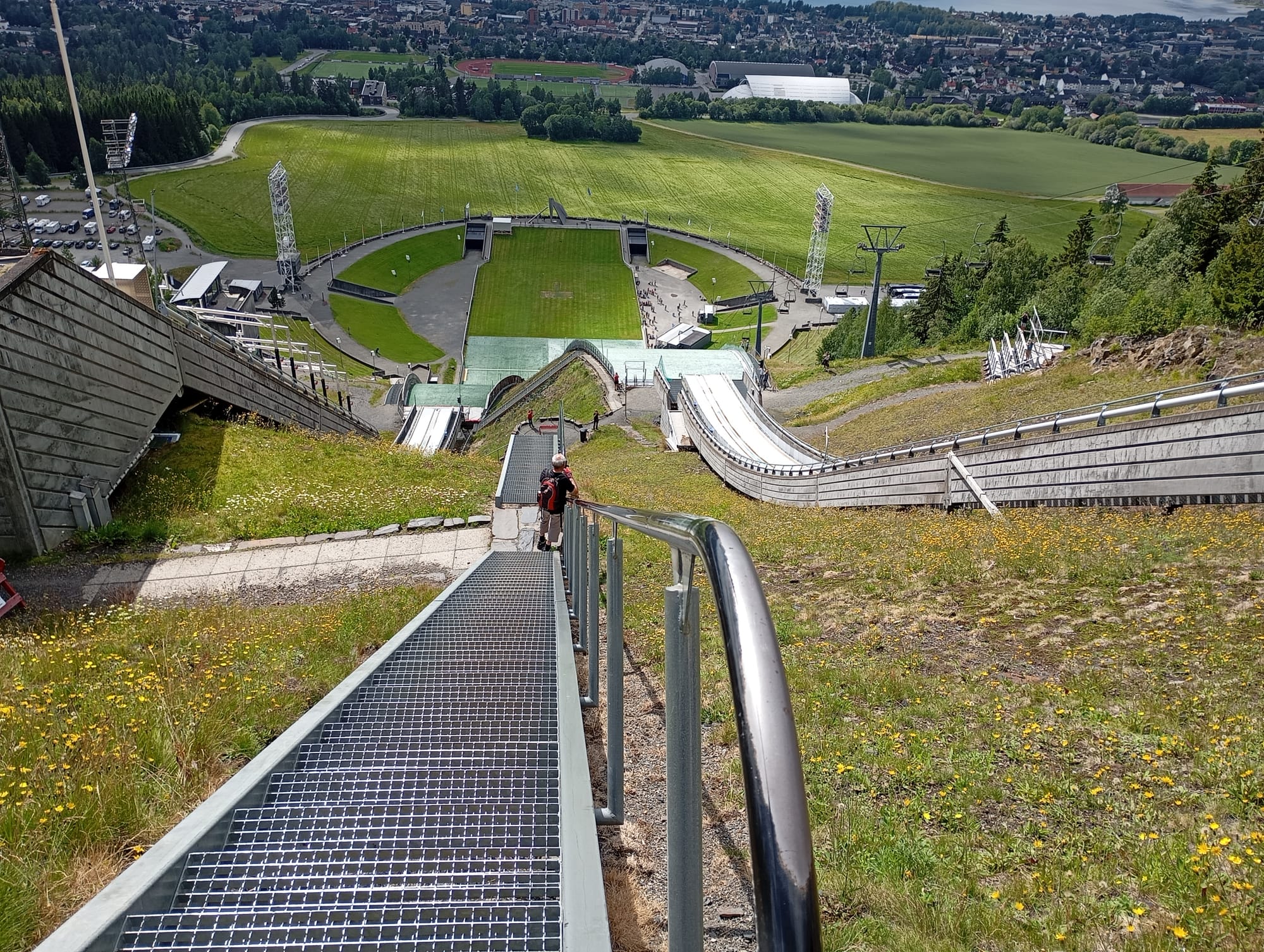
Wrong Time, Wrong Place?
Anette describes herself as a magnet for unexpected situations.
“I’ve often been in the wrong place at the wrong time — but with the right attitude,” she says, laughing.
“But that usually makes for the best stories.”
It’s more than just humility — it’s the kind of self-awareness that makes her instantly likable.
She strikes a balance between seeing herself clearly and reflecting on what she’s learned from each strange turn.
Her stories are laced with warm self-irony, and they’re also gentle reminders that life rarely follows our plans — and maybe that’s what keeps it interesting.
“I think it’s about seeing the moment for what it is,” she says.
“Life is full of odd episodes, and if you can find a bit of humor in them, you’re usually okay.”
Anette has a rare ability to both observe and participate in the comedy of everyday life. Whether she’s recalling an awkward silence or a misdirected survey question, she delivers it all with a smile.
Her perspective is an inspiration — not in a grand, motivational way, but in the quiet, steady reminder that it’s okay to get things wrong. And that curiosity is a superpower.
Just as we’re wrapping up, Anette surprises me.
“You have to come with me,” she says suddenly.
“I’ll show you the new offices. I think you’ll enjoy it.”
I follow her — still holding my notepad, now with a growing sense of curiosity.
Norstat’s new location is just a few minutes away, and for the next half hour, I become the interviewee — swept into Anette’s world of routines, reflections, and workplace choreography.
We walk through Lillehammer’s streets, where the snow rests like punctuation marks on the low rooftops.
Anette points out old buildings with new purposes, laughs about a past power outage, tells me which restaurants have mysteriously vanished — and how her team still misses one specific soup.
“The fish soup was honestly too good,” she says with mock regret.
“We haven’t been the same since.”
She walks fast, with purpose. Along the way, she shares anecdotes that somehow feel both personal and shared — like they’ve been told around the office kettle enough times to become part of the furniture.
Anette explains how Lillehammer has changed — how the rhythm of the town is shifting toward tourism, boutiques, and Airbnb. But she’s also quick to point out what hasn’t changed:
“You still have to know which floor to press at DNB. You’ll still get the wrong elevator if you guess.”
She gestures toward the Norstat building.
We pass reception and take the stairs — though she pauses to acknowledge that yes, the elevators do work now.
Inside, the new Norstat office is bright, with a sharp Nordic edge: tidy desks, headset hangers, cables coiled like choreography.
She shows me the control room, the break area, the kitchen — where a perfectly ordinary fridge hums beside a drawer of mismatched mugs.
“Here,” she says, “is where we eat the snacks we’re not supposed to eat. But everyone knows.”
The conversation drifts to modern tools and timeless tricks.
Anette talks about how they’ve adapted over time — not just to new systems, but to new people.
“You have to think differently now,” she says.
“Gen Z doesn’t come with the same habits. You have to start further back — with how to open a program or navigate between windows.”
She says this without judgment.
It’s just the way it is — and she adapts like she always has. With a steady hand and an open mind.
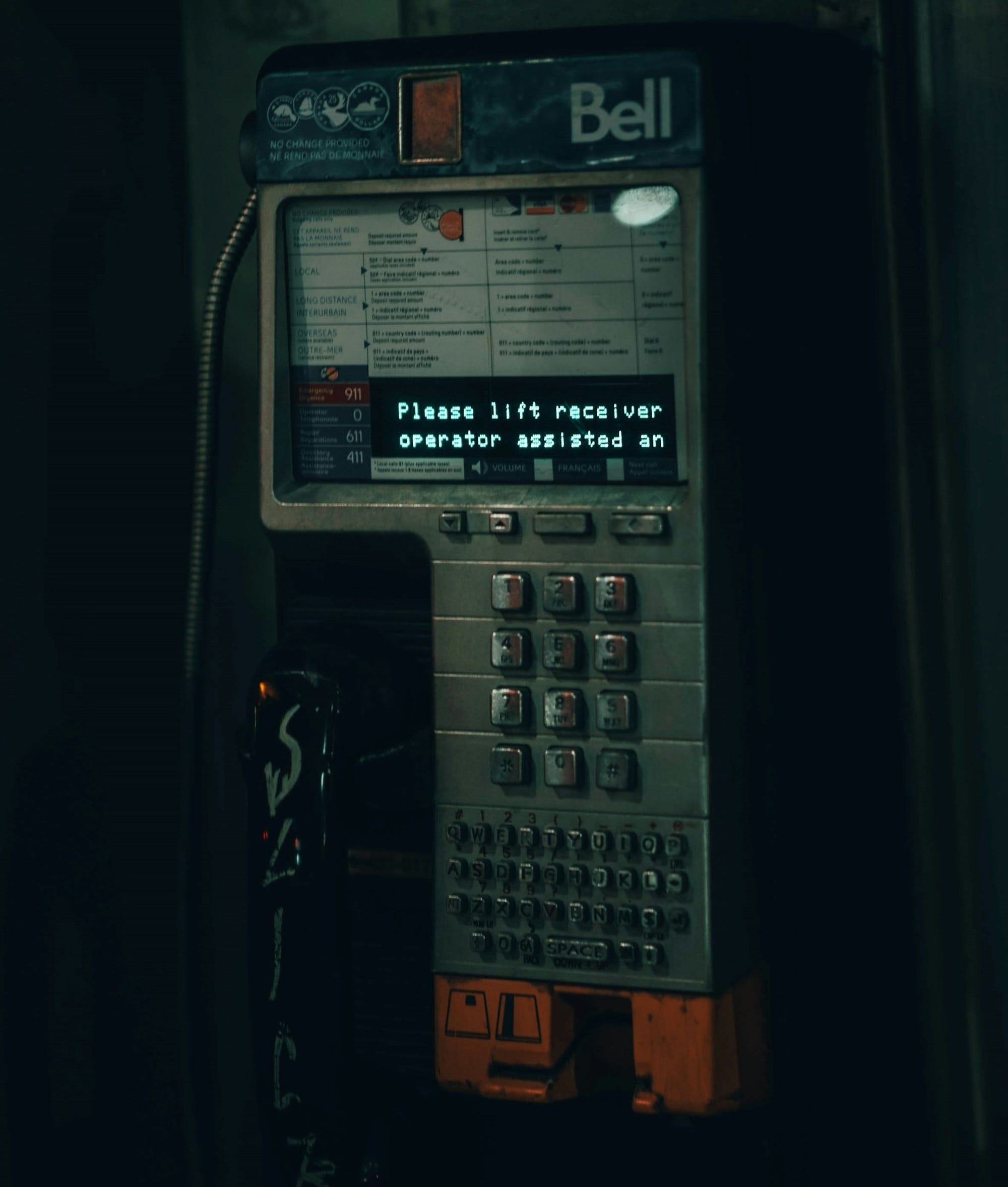
Ringing In the Future
Back at her desk, she lifts the phone.
No call — just muscle memory.
“Old habits,” she says.
“It’s like my hand still expects a tone.”
We sit for a moment. The quiet hum of computers, the murmur of distant voices.
“It’s changed a lot,” she says.
“But people still need to be heard. That’s the part that hasn’t changed.”
She talks about empathy — about really listening.
“It’s about being present,” she says.
“Especially now. So much communication is fast and automated.
People notice when you’re actually listening.”
Before I leave, we sit down for one last coffee.
“How do you feel about retirement?” I ask — softly, knowing it’s a question that might carry weight.
She smiles.
“I’ve been asked that before,” she says.
“Sometimes I think about it — how it would be to wake up without the job in my head.”
A pause.
“But then I think: no. Not yet. There’s still something here that matters.”
Anette doesn’t need to say much more.
It’s clear she’s not just doing a job — she’s preserving a craft.
One conversation at a time.
As I pack up my things, she’s already back at her desk — headset ready, computer blinking, coffee in hand.
I don’t know who she’ll call next.
But I do know this: they’ll be lucky to speak to her.
Generational Gaps and Digital Dances
“It’s not just the tools that have changed,” Anette says.
“It’s the people. The energy. The way they move.”
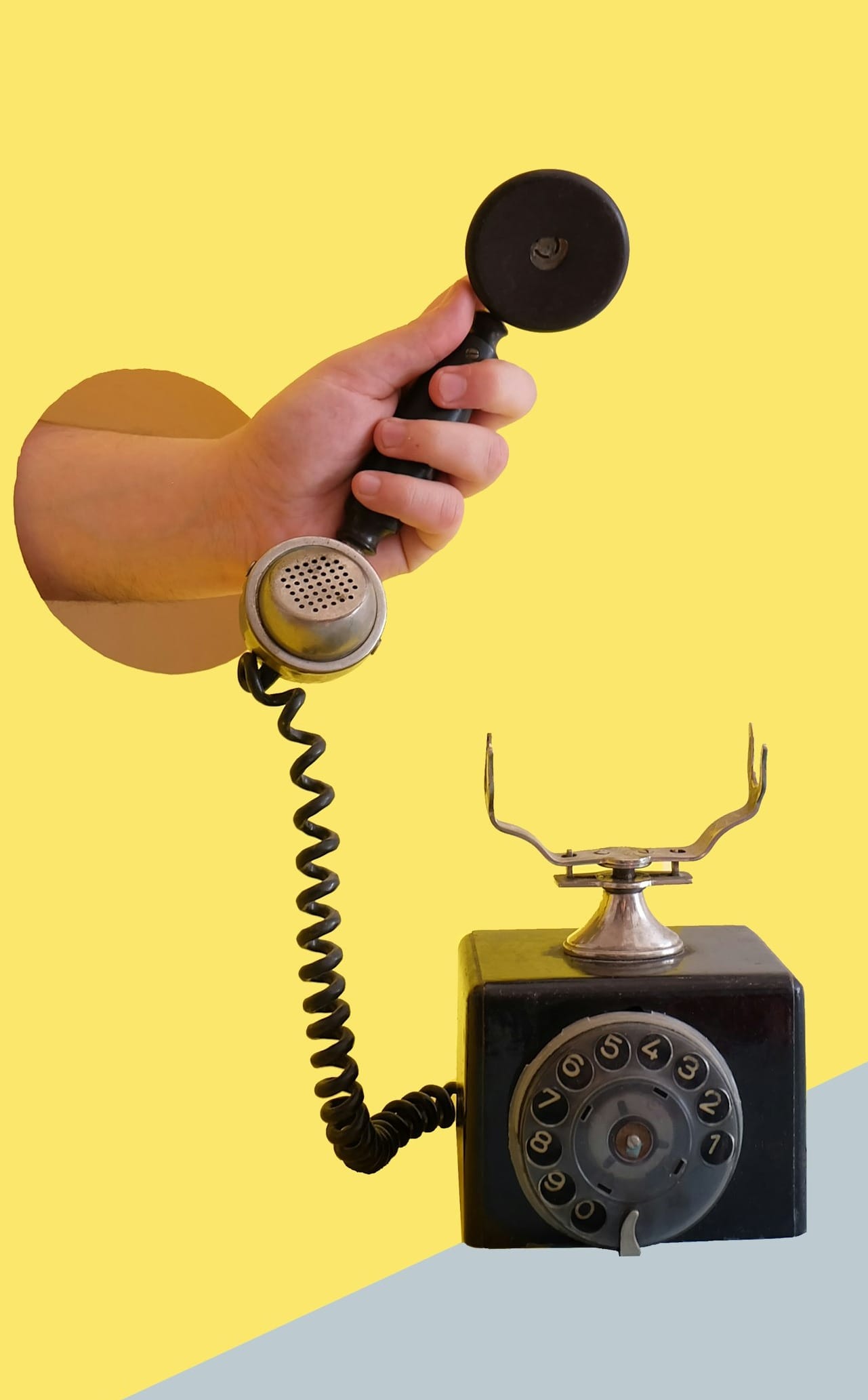
She’s referring to the younger generations — the Gen Zs and late millennials now entering the CATI rooms (Computer Assisted Telephone Interviewing, for the uninitiated).
“They swipe instead of scroll. They close windows instead of minimizing.
Sometimes it feels like they’re dancing through the interface — but they still get where they’re going.”
She laughs, not unkindly.
“They’re faster. But also more fragile, in some ways. They don’t always know how to handle silence.”
There’s no judgment in her voice — only observation.
She talks about how she’s learned to teach differently, to explain processes step by step, to frame calls as conversations rather than tasks.
“You have to make them feel safe first. Then they become brilliant.”
And if they struggle?
“Then you stay calm. You take a deep breath. And you remind them:
‘We’re just talking to people. That’s it.’”
We talk about what keeps her going — after all these years, all those calls, all those pauses.
She doesn’t hesitate.
“Curiosity. Always.”
Then she adds:
“And walking. Especially by the water.”
She mentions Mjøsa, the great lake just beyond town, and how she walks there in every season.
She also talks about Crete, her favorite island — where she escapes when the Norwegian winter gets a little too poetic.
“I love places with texture,” she says.
“Old walls. Cracked tiles. Tables where the varnish has worn away just right.”
This, too, is how she talks about work: with an appreciation for the worn-in, the human, the imperfect.
She is not a person obsessed with speed or upgrades.
She values systems that breathe — including the people inside them.
“It doesn’t all have to be shiny,” she says.
“It just has to work.”
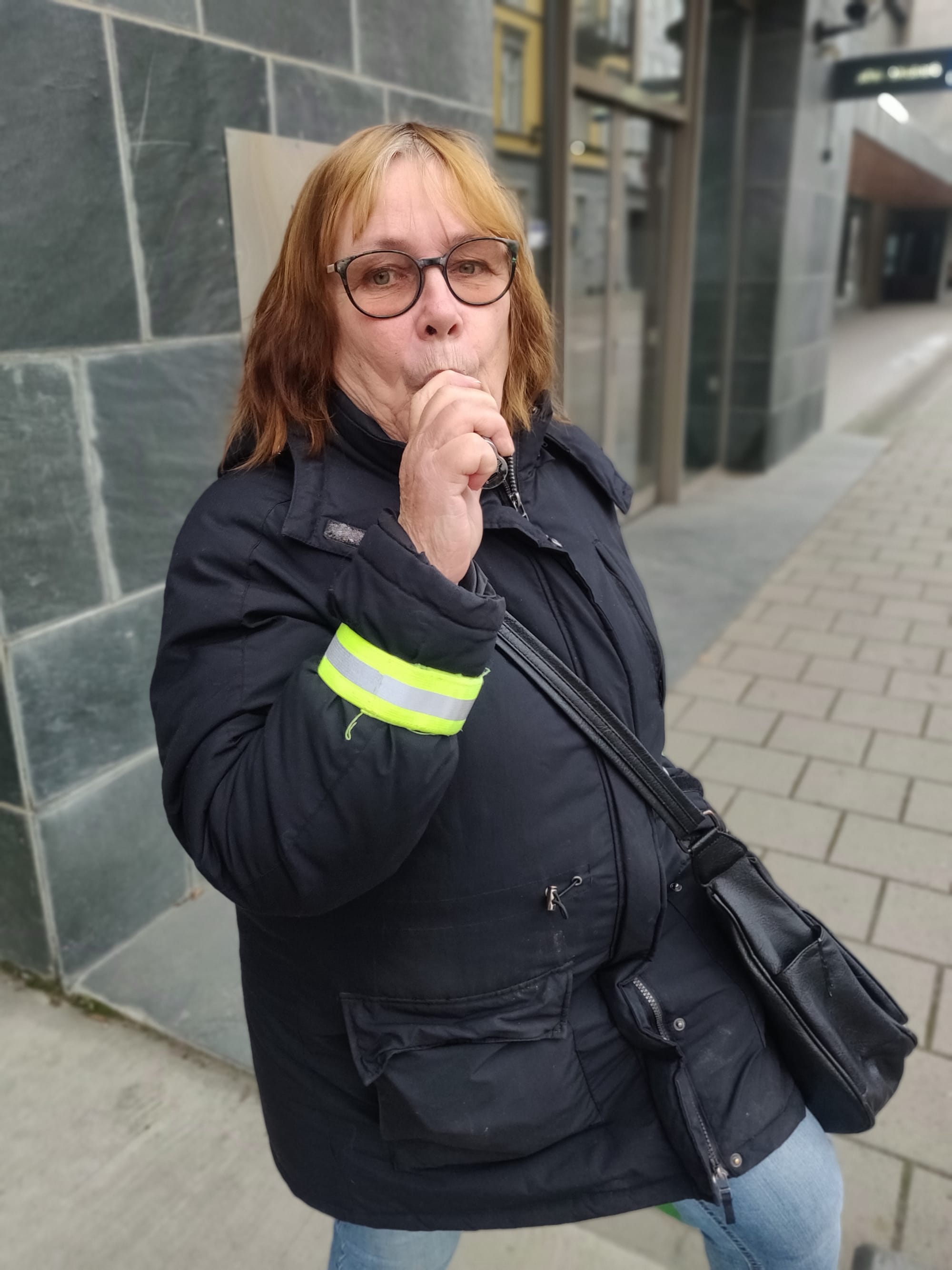
1064: On Paper, Still Present
Before we part ways, I’m allowed a glimpse into the legendary Agent 1064’s “personal file” — the sheet of Norstat’s internal questionnaire, filled out in pen by Anette herself.
It’s not official. It’s not meant for publication.
But I get a pass — and her blessing.
She’s scribbled down her answers like she’s had a long talk with herself.
Some entries are funny. Some cryptic.
All of them unmistakably her.
A few highlights:
What do you love most about the job?
“People who start with ‘No thanks’ and end with ‘Can I tell you one more thing?’”
Most common answer you’ve heard?
“‘Don’t know.’ Followed by: ‘Is this going to take long?’”
Secret talent?
“Filling out forms with alarming speed. And baking. But not at the same time.”
What would you tell someone who just started here?
“Don’t try to sound professional. Try to sound interested.”
At the bottom of the page, in soft pencil:
“The headset isn’t the job. Listening is.”
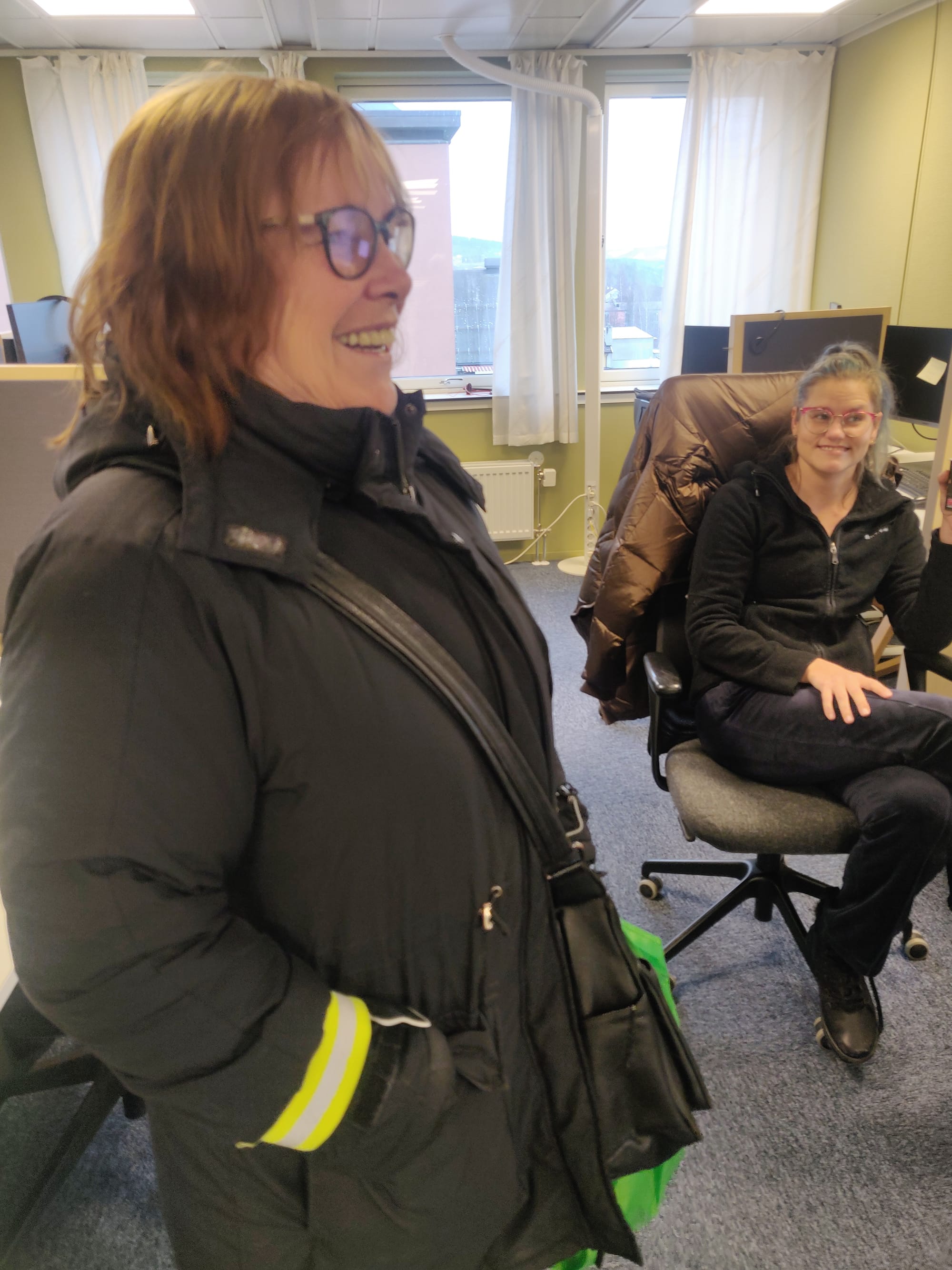
As I close my notebook, I realize I’ve been the one interviewed.
I came to ask about metrics, methods, motivation — but I’m leaving with something else entirely.
Anette has spent decades hearing other people’s stories, often from behind a screen or a spreadsheet.
But she’s no statistic.
She’s a living archive of voices, silences, and moments that mattered more than they were supposed to.
She’s also a reminder that meaningful work doesn’t always shout.
Sometimes, it rings once. Then again. Then again.
And someone like her is there to answer — not just with a script, but with a real voice.
I ask her if there’s anything else she wants to say.
“Maybe just this,” she says, smiling.
“We think we’re asking the questions.
But the good conversations — they ask something back.”

For over 25 years, Agent 1064 — also known as Anette — has quietly spoken with a third of the Norwegian population. Armed with a headset, a sense of humor, and endless curiosity, she’s turned routine survey calls into something close to oral history.
In this exclusive RABAGAS interview, field reporter Hampus Fickelton meets the legendary voice behind the numbers — and discovers what listening really sounds like.
Originally published in Norwegian. Translated for RABAGAS with care — and coffee. ☕
Fickelton-

